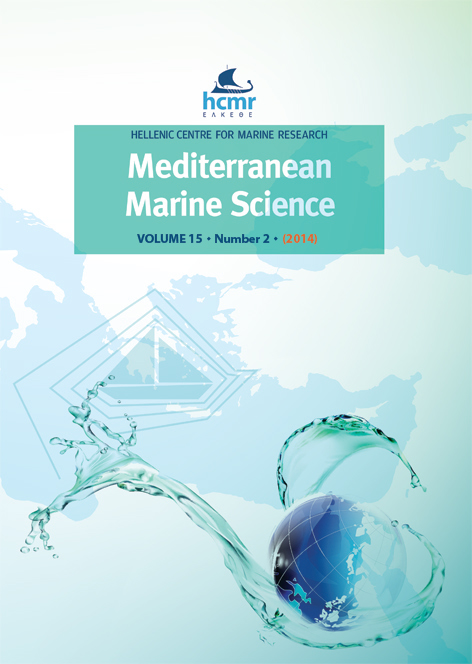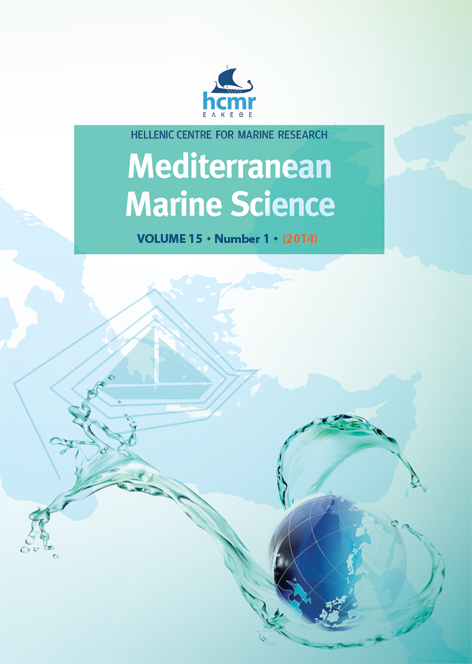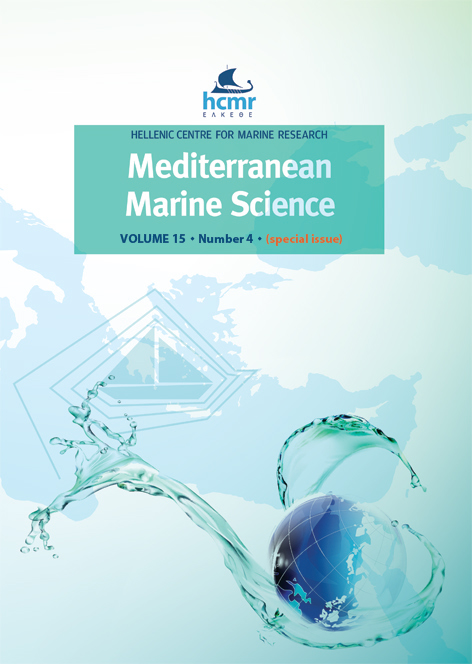An evaluation of sampling methodology for assessing settlement of temperate fish in seagrass meadows
Аннотация
All demersal fish with planktonic larvae settle at some point early in life, generally around the transformation from larvae to juveniles or soon after. Sampling pre-settlement or very young, settled fish is challenging due to spatial concretions within the habitat and the pulsed, rapid nature of the settlement process. There is a lack of robust methods that enable this sampling, but information on the settlement, that represents a mortality bottleneck, is crucial for the follow-up of populations for fisheries and conservation purposes. An empirical evaluation of sampling methods has not been conducted in temperate habitats. Here, we compare six different sampling methods to collect pre- and post-settlement stages of fish to determine the best combination of techniques to utilise in Posidonia oceanica, an endemic Mediterranean seagrass that provides a key nursery habitat for coastal fish. We considered three types of pelagic nets (bongo net, neuston net and ring net), two types of light-traps (Quatrefoil and Ecocean CARE®) to sample pre-settled stages and a low-impact epibenthic trawl for recent settlers. Our results show a significantly different size-spectrum for each method, with a continuous range of sizes from 2 mm to 200 mm. The smallest sizes were collected by the bongo net, followed by the ring net, the neuston net, the Quatrefoil, the Ecocean and finally the epibenthic trawl. Our results suggest that an appropriate strategy for collecting and estimating the abundance of key littoral fish species around settlement size is the combination of the Ecocean light trap and the epibenthic trawl.
Article Details
- Как цитировать
-
CATALAN, I. A., DUNAND, A., ÁLVAREZ, I., ALOS, J., COLINAS, N., & NASH, R. D. (2014). An evaluation of sampling methodology for assessing settlement of temperate fish in seagrass meadows. Mediterranean Marine Science, 15(2), 338–349. https://doi.org/10.12681/mms.539
- Выпуск
- Том 15 № 2 (2014)
- Раздел
- Research Article
Authors who publish with this journal agree to the following terms:
- Authors retain copyright and grant the journal right of first publication with the work simultaneously licensed under a Creative Commons Attribution Non-Commercial License that allows others to share the work with an acknowledgement of the work's authorship and initial publication in this journal.
- Authors are able to enter into separate, additional contractual arrangements for the non-exclusive distribution of the journal's published version of the work (e.g. post it to an institutional repository or publish it in a book), with an acknowledgement of its initial publication in this journal.
- Authors are permitted and encouraged to post their work online (preferably in institutional repositories or on their website) prior to and during the submission process, as it can lead to productive exchanges, as well as earlier and greater citation of published work (See The Effect of Open Access).







